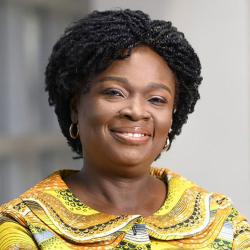

2:00 pm EDT - 3:30 pm EDT
Past Event
2:00 pm - 3:30 pm EDT
1775 Massachusetts Avenue N.W.
Washington, DC
20036
The development finance needs for the Asia-Pacific region are sizable, not only to close infrastructure finance gaps but also to tackle the task of poverty reduction and deliver on the sustainable development goals. The region is also home to the three largest economies in the world—the United States, China, and Japan—all of whom have played leadership roles in championing multilateral or regional development banks and have distinct views on the role of development finance. China has begun to play a larger role in development finance and Japan has been promoting the concept of “quality infrastructure,” but U.S. policy on multilateral development lending is now uncertain.
On June 12, the Center for East Asia Policy Studies at Brookings hosted a panel of experts for a discussion on how emerging and established powers in the Asia-Pacific are re-defining the role of development finance for the region. Issues addressed included the impact of institutional proliferation on the efficacy of development banks, how development banks can maximize their effectiveness, the scope for institutional collaboration, and the implications for the region if the Trump administration cuts U.S. contributions to multilateral lending institutions and development assistance.
Moderator

Panelist



Emily Gustafsson-Wright, Ema Eguchi, Elyse Painter, Victoria Arciniegas Gomez, Leydi Maldonado
June 30, 2025

Amar Bhattacharya, Homi Kharas, Charlotte Rivard, Eleonore Soubeyran
June 30, 2025

Homi Kharas
June 30, 2025